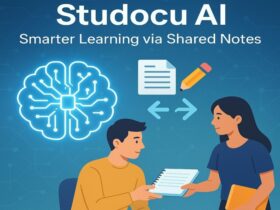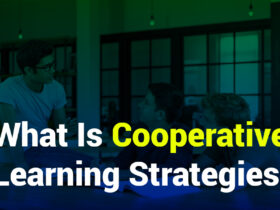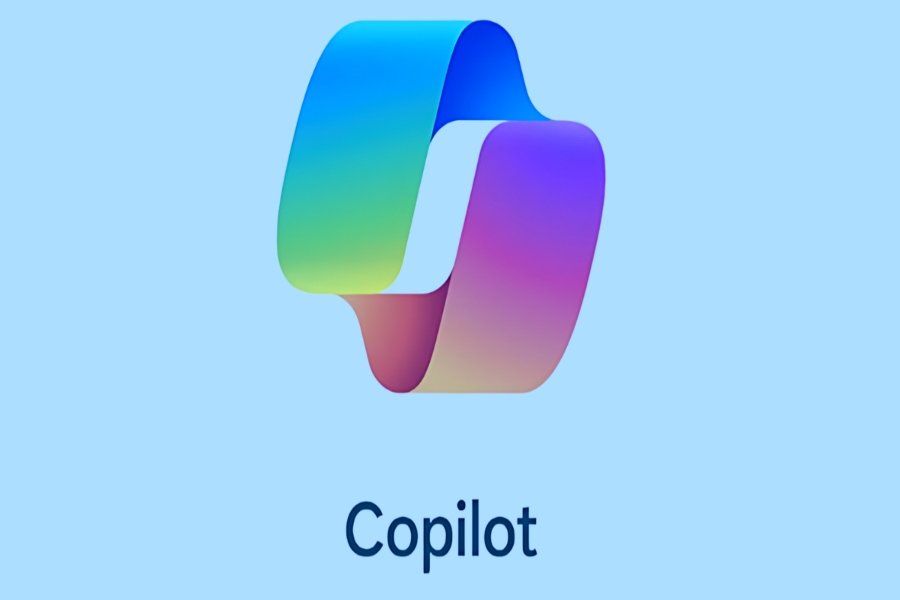The first generation of course copilots—AI assistants that sit within learning‑management systems, note‑taking apps, or chat widgets—has quietly moved from novelty to near necessity. In less than two years they have threaded themselves into lecture replays, code sandboxes, and assignment feedback loops, promising to personalise guidance at a scale that faculty–student ratios alone can’t match.
The obvious question is whether that promise is materialising. Early pilots say yes—though the story is more nuanced than a simple thumbs‑up. This article sifts through the best evidence available, highlights design principles, and offers a pragmatic playbook for institutions wondering where to begin.
Why Copilots Matter Now
Student appetite is undeniable. A 2024 survey of 3,839 students in sixteen countries found 86 % already use AI tools for coursework and 24 % use them daily (Digital Education Council, 2024). That usage trend forces universities to treat AI as core infrastructure, not a shiny add‑on. Institutions that ignore the shift risk seeing learners assemble their own unsanctioned toolkits—often outside institutional data‑privacy protections.
Two natural questions follow. First, does widespread adoption translate to measurable learning gains? Second, can universities shape that adoption rather than play endless catch‑up? The next section tackles the evidence.
Early Evidence of Impact
Tutor‑Support Copilots
In a 2024 randomized controlled trial at Stanford University, tutors armed with the Tutor CoPilot raised student math‑mastery rates from 62 % to 66 %—a four‑percentage‑point gain overall and a nine‑point surge for novice tutors (Stanford University, 2024). Those deltas may sound modest, yet at scale they mirror the difference between a pass and a fail for thousands of students.
What drives the bump? Researchers credit just‑in‑time scaffolding: the copilot suggests next questions and pinpoint hints, freeing human tutors to focus on motivation and mindset. Would similar gains appear in humanities courses? Pilot designers believe so, provided prompts are re‑tooled around argumentative writing rather than derivations. Ongoing RCTs in freshman composition courses should shed light later this year.
Student‑Support Chatbots
Administrative copilots show equal promise. During a 2024–25 UK pilot across twelve colleges and universities, the LearnWise chatbot resolved all 108 student‑support queries with zero human escalations (Jisc, 2025). That 100 % first‑contact resolution sounds extravagant until you realise most queries were repetitive—password resets, timetable checks, basic policy clarifications.
Sceptics ask, “Can a bot truly handle emotionally charged cases?” Pilot data suggest restraint: the system was deliberately limited to low‑stakes topics. Escalation scripts automatically kicked in for mental‑health queries. The larger takeaway is that freeing staff from routine questions gives them bandwidth for the nuanced cases that demand empathy.
In‑Course Assistants
Scale matters. The February 2025 California Community‑College mega‑pilot spanned 83 campuses and found 73.5 % of students felt an AI course assistant improved their learning, while nearly one‑quarter said it helped them grasp tough concepts (California Community Colleges, 2025). The assistant parsed assignment prompts, suggested study paths, and offered automatic citations—an under‑appreciated boost for first‑generation college students still grappling with academic conventions.
Curious observers often probe, “Does perceived improvement equal actual grade inflation?” Preliminary grade‑distribution analysis suggests modest uplift—not eyebrow‑raising spikes—partly because many instructors redesigned assessments to probe higher‑order thinking rather than regurgitated summaries.
Productivity Copilots
Outside LMS walls, productivity copilots deliver time savings that indirectly feed learning gains. An Indiana University study published in June 2025 found students using Microsoft 365 Copilot completed business‑school assignments 40 % faster and scored 10 % higher than peers (Indiana University, 2025). Reduced cognitive load appears to let students iterate more before deadlines.
Faculty note an unexpected twist: “Speed can breed superficiality,” warns one professor. The team countered by requiring reflection memos explaining each AI‑generated suggestion the student kept or rejected—a lightweight mechanism that restored metacognition.
Design Principles for Successful Copilots
Lucas Tecchio, Head of Content Creation at the fully online Open Institute of Technology (OPIT), has shepherded more than 200 video courses from storyboard to screen. “When every clip, quiz, and project ladders up to an industry‑needed competency, AI guidance becomes a multiplier, not a distraction,” he says. His checklist offers a roadmap:
- Outcome first, feature second – Tie copilot nudges to explicit learning outcomes, not novelty points.
- Embed in existing workflows – Students shouldn’t alt‑tab to a standalone bot; surface help inside Canvas modules, code editors, or discussion boards.
- Instrument everything – Track click‑throughs, hint acceptance rates, and eventual grade deltas to validate—or scrap—features.
Guardrails and Caveats
Academic integrity remains the lightning rod. Large‑language models hallucinate or fabricate references, while code copilots can smuggle insecure snippets. Institutions therefore layer three safeguards:
- Limited‑context windows that restrict retrieval to vetted course repositories.
- Progressive assessments—a signature of OPIT’s competency‑based model—that favour oral defences and project checkpoints over single‑shot exams.
- AI‑literacy onboarding for both staff and students, teaching how to challenge or corroborate AI suggestions.
Sceptics worry that empirical evidence is still thin. Longitudinal studies tracking career outcomes are scarce, and multidisciplinary RCTs remain the exception. Yet early pilots collectively cover tens of thousands of learners—enough to move the debate from “if” to “how.”
Getting Started: A Five‑Step Playbook
- Audit pain‑points – Map where response times or feedback loops lag.
- Pick a thin‑slice use‑case – “One course, one objective” beats campus‑wide roll‑outs that collapse under their own weight.
- Write an AI‑use policy first – Borrow language from Creative Commons licences to specify attribution norms and privacy scopes.
- Train faculty and students together – Shared vocabulary prevents mismatched expectations.
- Instrument ruthlessly – Log resolution rates, grade deltas, and student sentiment; archive prompts for future prompt‑engineering cycles.
New adopters often ask, “How do we fund a pilot without megabucks?” Start‑ups such as EduPilot offer usage‑based pricing that slips under procurement thresholds. “What if our LMS is locked down?” Browser extensions and LTI plugins can overlay copilots without waiting for the vendor’s next major upgrade.
Conclusion — From Buzz to Baseline
Copilots no longer sit on the bleeding edge; they are settling into the daily rhythm of higher education. Early numbers paint a consistent picture: single‑ to double‑digit lifts in mastery and efficiency, coupled with measurable reductions in administrative friction. The next milestone is systemic, standards‑aligned adoption—moving from siloed pilots to an integrated fabric where AI guidance, human mentorship, and rigorous assessment reinforce rather than undermine one another.
Institutions willing to start small, measure obsessively, and iterate quickly will find that the “future of learning” has already begun—quietly, in the sidebar of the very course pages students read today.













































Leave a Reply